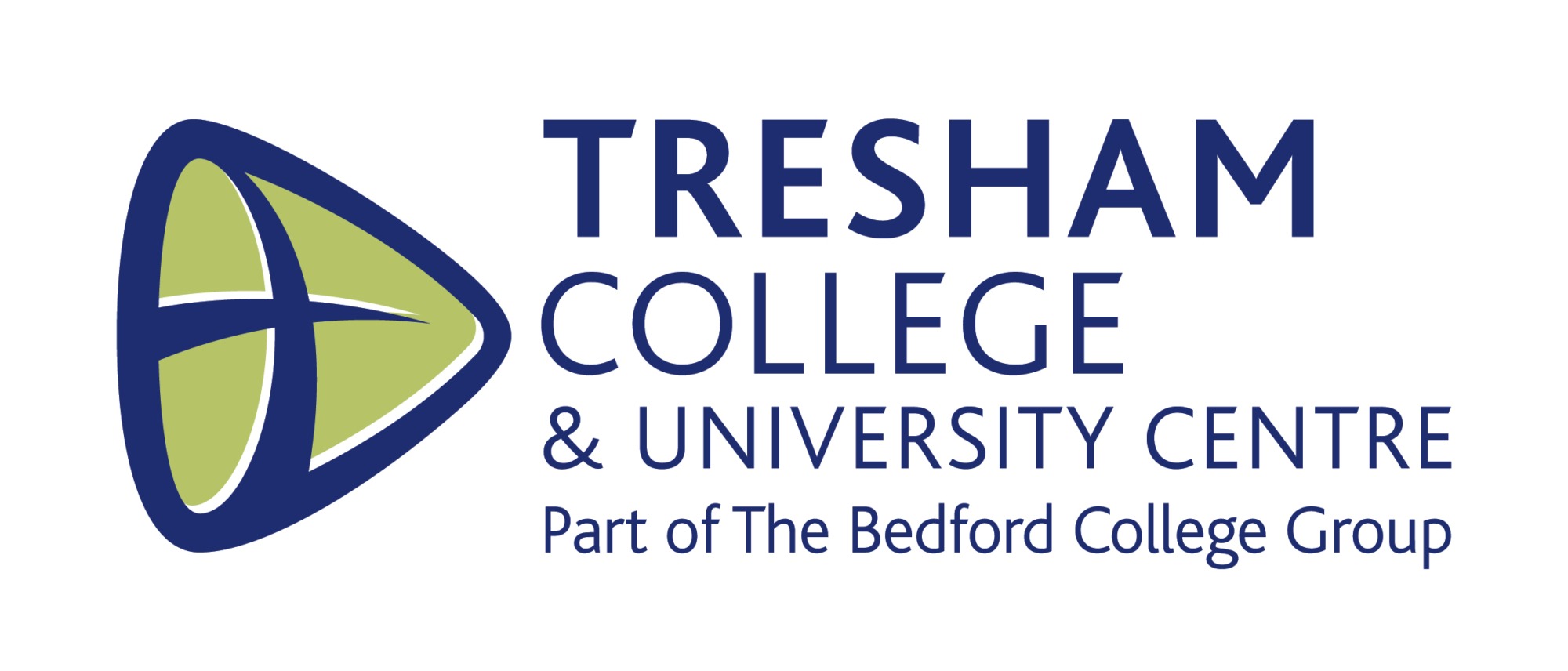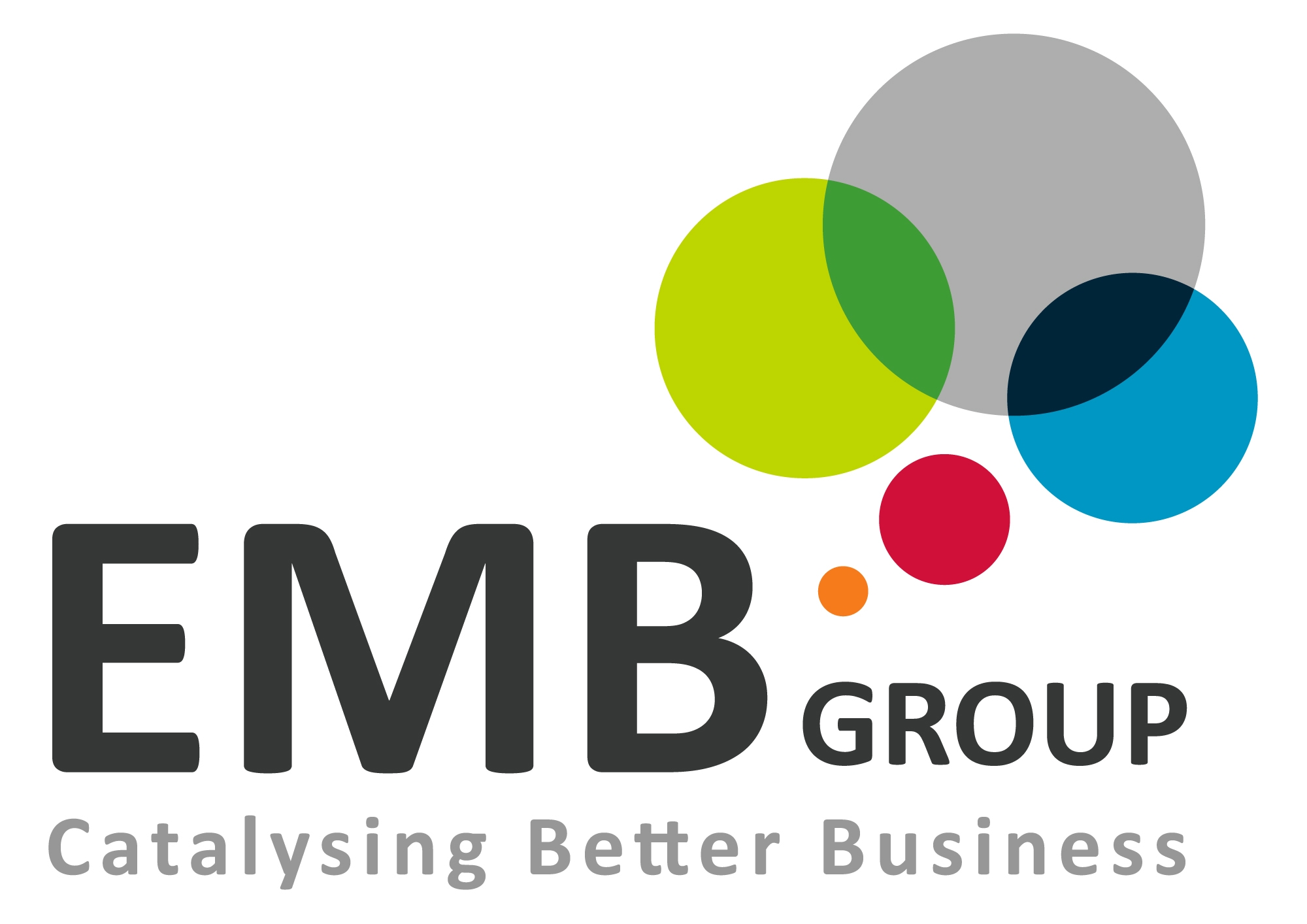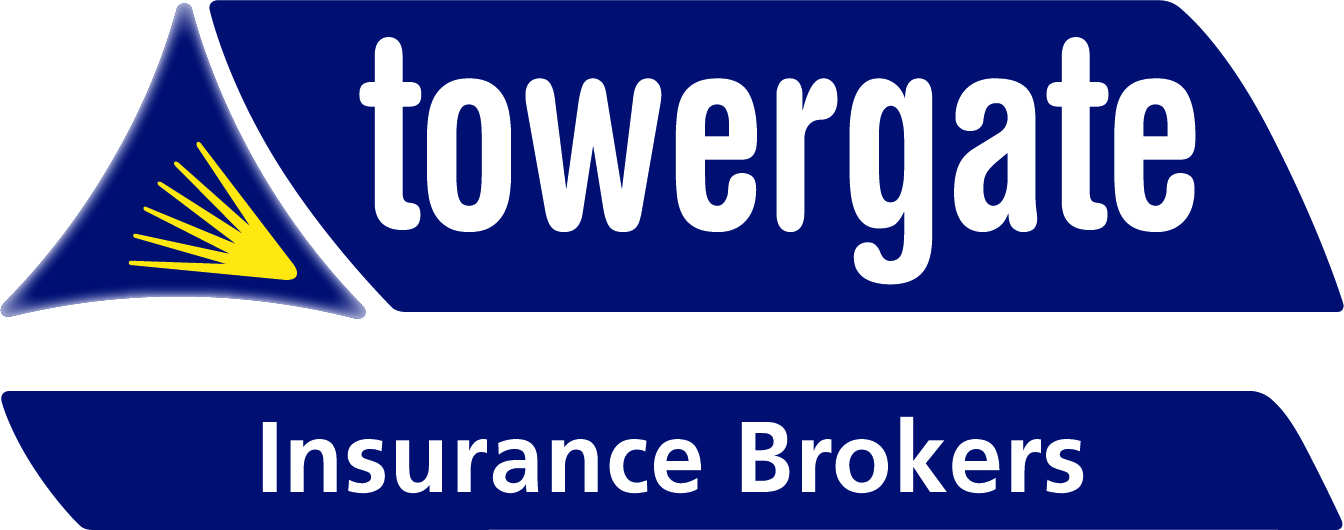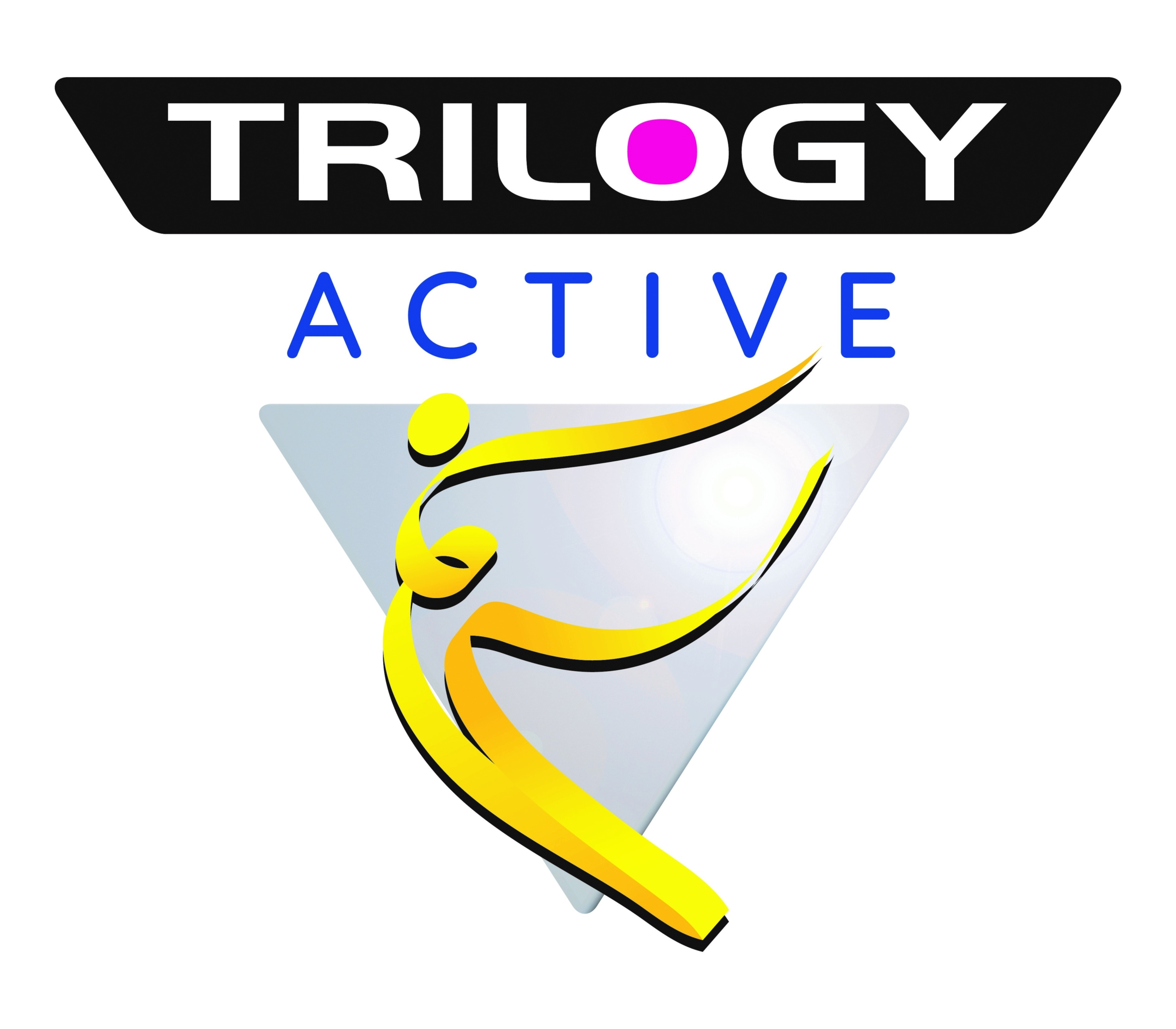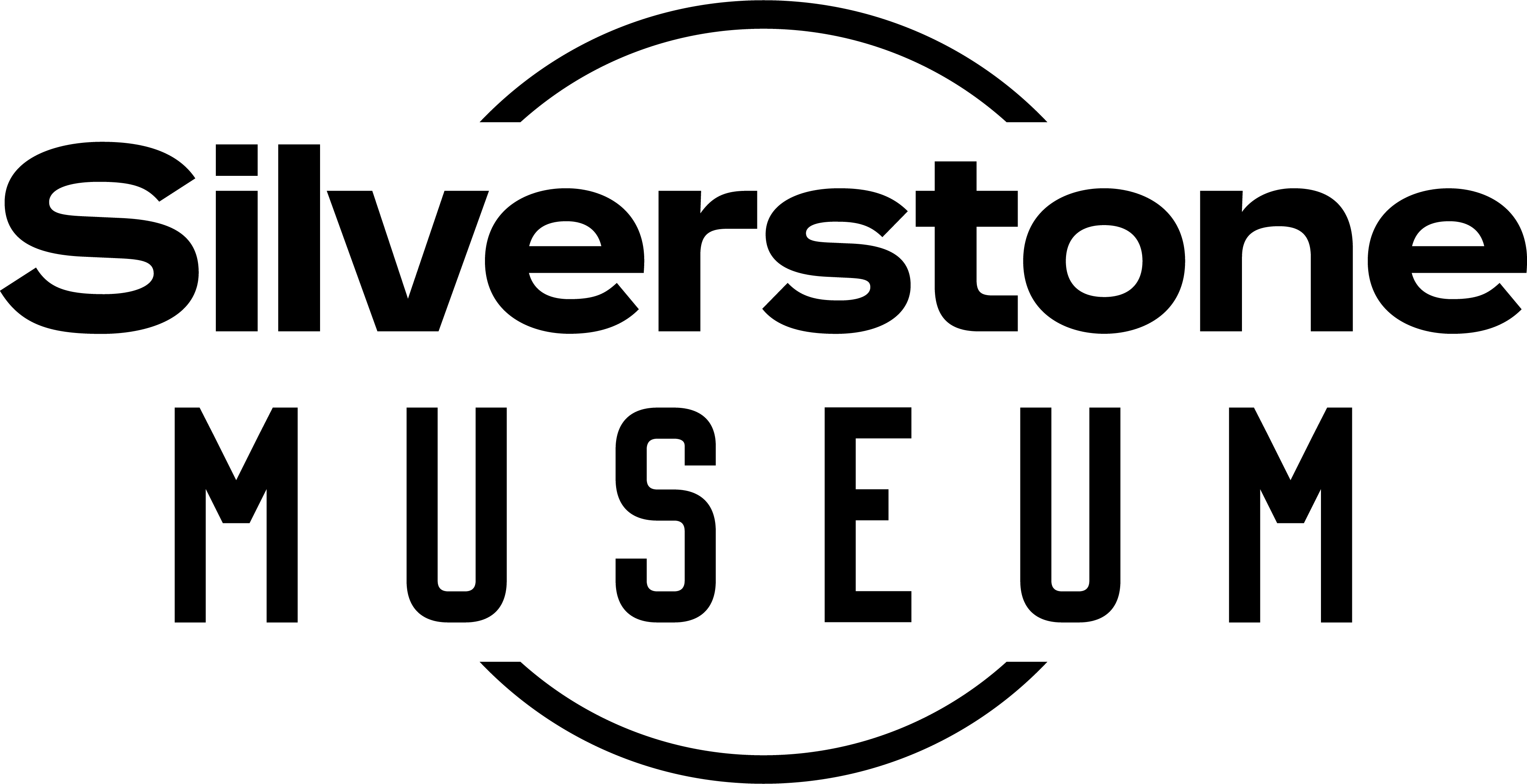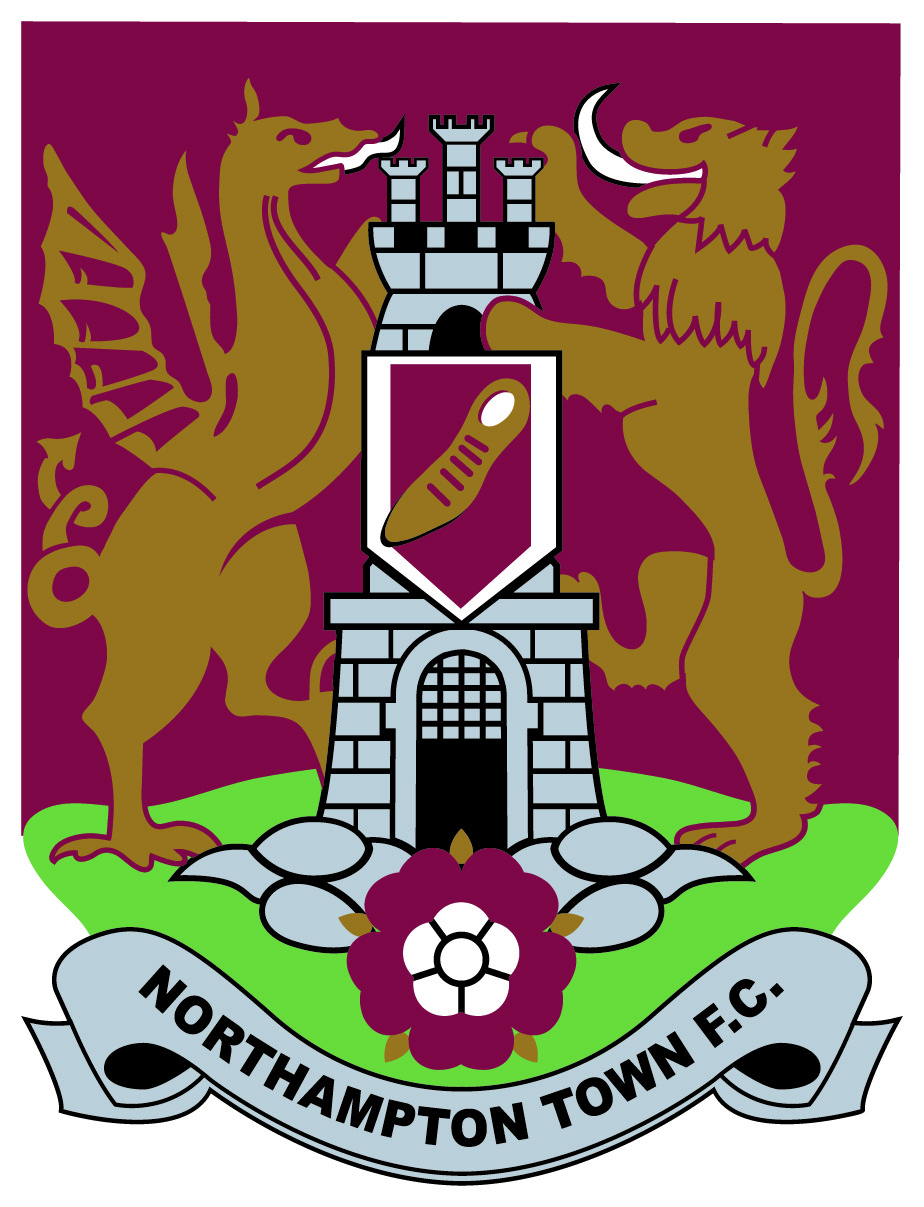

What is Customer Loyalty Software?
Blogs
“The one who gives the market the most value and best information will always slaughter the one who just wants to sell products or services” – Chet Holmes

Why is customer loyalty important
Loyal customers are key for any business. When you build a solid, quality relationship with a customer, they feel a sense of belonging with your brand and believe that your brand identity aligns with their personal values.
Loyal customers return to brands and spend 31% more than new customers. 46% of loyal customers are likely to remain loyal even after a negative experience, and even a 5% increase in customer retention results in a 25% increase in profit.
Another benefit of having loyal customers is that they are more likely to provide quality data and interact with your online content and questionnaires. A loyal customer will become a brand advocate, providing effective word of mouth marketing, as well as sharing your online content and leaving positive reviews on your business and products.
It is cost effective to maintain and reward loyal customers. Research shows that it costs 5 times more to attract a new customer than to retain a current one, and in a world where marketing platforms are saturated and customer attention spans are getting shorter, attracting new customers is a complicated process as people have become used to targeted advertising.
In fact, it is estimated that it takes between 5 and 7 times for a person to see something before they realise they have seen it, let alone decide to become customers.
Would your business prefer to spend money on attracting potential customers that may or may not spend with you (or even notice you), or would you rather invest a smaller amount of money in existing customers who already love your brand and want to continue to shop with you?

What are the 3 Rs of customer loyalty
Consumers live in a multichannel environment and are used to price comparison and shopping around for the best deal.
That means that customer loyalty is increasingly difficult to achieve and retain. The 3 Rs are a handy guide to understanding how to achieve long term customer loyalty
Reward
A hard, tangible benefit. Rewarding customers adds value to the purchases that the customer wants to make – and helps the decision making process for the consumer.
Recognition
Don’t take customer loyalty for granted. Let them know that you are grateful for their continued custom. This can be done with further bonuses, such as early sale access, specific points rewards or an understanding of their charities and ethics. Recognise who spends with you and make them part of your story story.
Relevance
Is your brand and brand message relevant to your consumer? A loyal customer is likely to become a strong brand advocate for you. By providing relevant information and content that your customers relate to and embrace, your brand is relevant to them and encourages continued loyalty

What are the four main types of loyalty programs?
Choosing a loyalty programme for your business and customers should be based on the needs and wants of the consumer. How do they want to be rewarded and which method benefits them. Which method suits your brand and your customer?
Tiered Loyalty
A loyalty programme is separated into tiers based on the amount each member interacts and spends with the business. The tiers are traditionally named silver, gold and platinum. These methods encourage customers to continue to spend, in order to advance up the tiers and earn more rewards and benefits.
This also helps with the sense of inclusion and belonging as part of your brand.
Subscription-based loyalty
Customers pay an upfront or monthly fee in order to earn the rewards and benefits on offer. This method benefits businesses as it provides a steady stream of income, regardless of how often the service is used.
The best example of a subscription-based loyalty platform is Amazon Prime – it offers loyal customers better benefits then standard Amazon customers, which encourages them to continue to choose Amazon for their purchases.
Subscriptions are a regular part of modern life, with online services such as Netflix and Nintendo offering a reward rich subscription service.
Value-based loyalty
A loyalty programme that doesn’t directly offer a reward to the customer, but rewards a charity or community project that aligns with the brand’s and consumer’s ideology and beliefs.
This is commonly used as an option with another points-based reward system, where the consumer can choose whether to give their rewards to charity or to earn rewards for themselves.
Examples of value-based loyalty systems are American Airlines, American Express and Hilton Honors. These companies offer the freedom for customers to choose which charity they donate their loyalty points to.
Charity donations are a great way to increase customer loyalty as it proves your business has a strong moral core that aligns with the consumer’s personal beliefs. It also shows that your business has an ethical mentality and understands their responsibility towards the community and planet.
The majority of shoppers under 40 are socially conscious and are highly likely to embrace a brand that shares their personal beliefs and wants to change the world. This also provides the consumer a ‘feel good’ sensation when they shop with you.
Points-based loyalty
A popular method of loyalty programme. Customers earn points based on the amount that they spend, which can be redeemed on future purchases. This method is simple to understand and encourages motivation for customer to choose the business that offers add-on benefits over one that doesn’t.
This method is often used with supermarkets (a highly competitive market) and has the added benefit that the business can offer short term offers such as double points or bonuses on specific sale items. This is ideal for retaining interest, increases awareness, o reminding customers of the service and great added value via email or social media marketing.

What are the 6 stages of customer loyalty?
Attraction
Your brand and offering should appeal to the potential customer. We live in an “attention deficit” economy, so you need to ensure your message and offer stands out from the crowd.
Conversion
Turn the attraction into a sale. Converting a customer from either an former brand that they used to use, or provide them with a new service or solution.
Follow up
Follow up with a first-time customer. Create added value by showing that your business cares about the service you provide, and offer an aftercare service or other items that they may like.
Rewarding repeat customers
Similar to the follow-up stage. You can nurture and develop your relationship with the customer by understanding their needs and wants from your business as well as showing that you appreciate their custom.
Turn loyal customers into true fans
The turning point between regular customer and loyal customer often comes by ensuring that your brand aligns with the consumers personal desires. This is achieved by regular interaction and providing rewards that are relevant to them. Using social media, email and app-based marketing tactics as well as monitoring the success of your campaigns is key to understanding and developing your customers, and transforming them into true fans.
Stimulate user-generated promotion
Turn your loyal customers into brand advocates who feel a sense of ownership and belonging to your brand. This is where the social content and social media is relevant, as you can easily allow the consumer a direct link to the brand and a way to interact and voice their opinions to like-minded people.
What technology is used in loyalty programs?
Reward-It’s loyalty platform is a user-friendly way to develop a bespoke reward programme that is relevant to your business and your consumers.
Encourage brand loyalty with an app that gives you direct contact to your consumer and allows them to manage their own points. This includes earning points and claiming rewards in a way that is unique to them as individuals, further encouraging loyalty as the service suits their wants and needs more than a typical generic system.
The piggy technology allows your consumers to tailor the reward structure to their own needs, and provides the business a rich stream of data that can be used to enhance future growth in a way that benefits your customer. Your ideal customer profile personality is highly likely to be reflected in your existing customers, therefore it stands to reason that their friends and social circle (certainly on social media) will also fit into this persona.
Reward-It’s loyalty platform not only offers a manageable app for your end-user to tailor to their own personifications, but it also offers a service for the business to manage the reward service online in real-time, whilst providing a direct line of contact to the consumer via the app or the built-in email platform.

Why chose a loyalty system?
In an age of nearly unlimited consumer choice, it is increasingly difficult for a business to retain customers and encourage loyalty. This has to be done by having a beneficial offer that separates you from the competition and offers a relevant added value to your consumer.
Many businesses focus on attracting new customers rather than looking after their existing ones. In the current world, a business that doesn’t offer a loyalty and recognition to its customers will not stand out as customers are exposed to limitless advertising and offers that other businesses. A modern consumer is trained to use price comparison sites and shop around for the best deals, customer loyalty is something to be earned and nurtured rather than expected.
To find out more about how loyalty software can benefit your business, please get in touch with a member of our expert team today.


